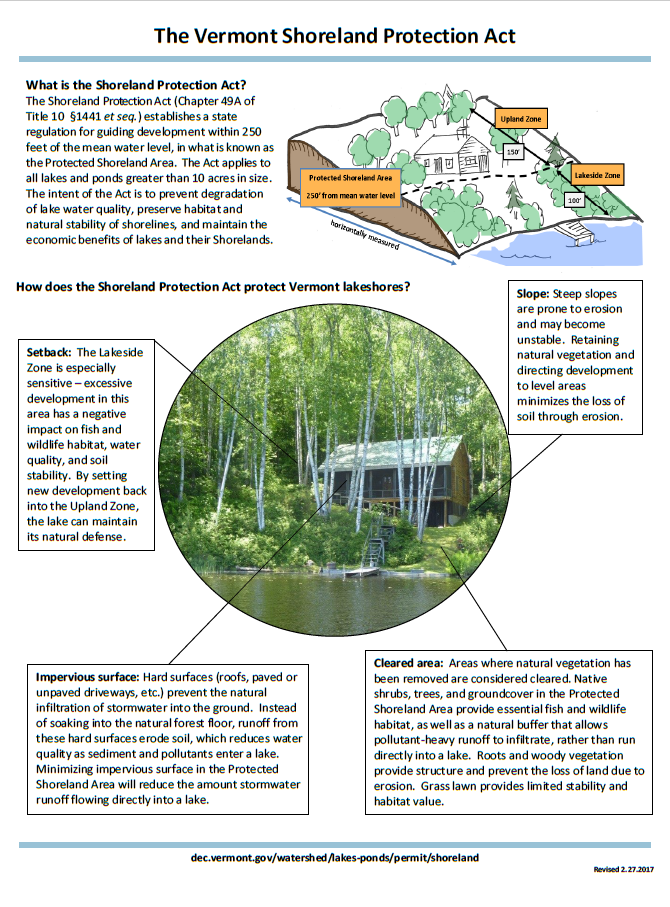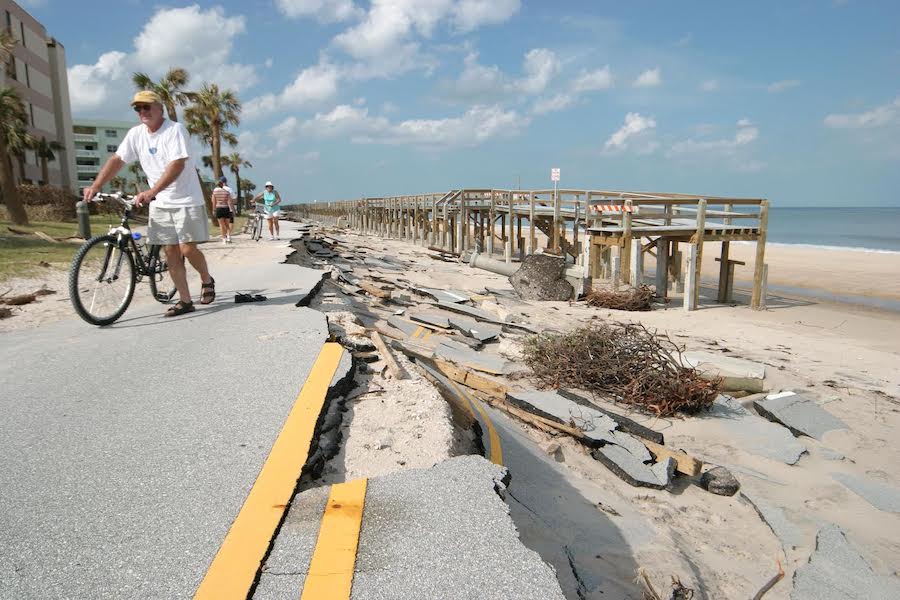The Greatest Guide To Shore Protect Team
Table of ContentsThe Greatest Guide To Shore Protect TeamShore Protect Team Fundamentals ExplainedThe 9-Second Trick For Shore Protect TeamGet This Report on Shore Protect TeamShore Protect Team Can Be Fun For AnyoneGetting The Shore Protect Team To WorkAbout Shore Protect Team
Decrease in home worth: As the area tourism is affected by disintegration, so then is the economic situation. Customers are less likely to look for a coastline residence that could be destroyed anytime by the approaching flooding and erosion emergency. Subsequently, home worth can drop greatly and impact the whole area.Whether a coastline is simply tiny and crowded or has to shut completely for the safety and security of the environment and close-by residential or commercial properties, this considerably influences tourism. Consequently, local economic climates are affected (https://directory5.org/Shore-Protect-Team_354537.html). Risk of injury: The enhanced threat of flooding and architectural failures creates an enhanced risk of injury to nearby tourists and neighborhood members

Shoreline stablizing is directly associated to their job. Beachfront hotels: Since coastline erosion effects tourism, it influences the success of beachfront hotels.
Not known Details About Shore Protect Team
Coastal industrial services: No visitors indicates no company. Coastal state parks: State parks that exist along shorelines are at danger of damage.
Soft stablizing is a far better option for the environment and more sustainable overall. Hard stabilization makes use of manufactured frameworks as protection to manage disintegration. Typically, these structures are mounted at ideal angles or parallel to quit sand movement and decrease the force of waves. Many types of tough stablizing like seawalls and sheet steel are not perfect for shoreline stablizing.
The Greatest Guide To Shore Protect Team
There's also not nearly enough proof of their performance depending upon the kind of shoreline and regional conditions. Hard stablizing techniques often tend to be harder to install and don't match the all-natural visual, sticking out like a sore thumb and hurting regional communities in lots of situations. Coastline sustenance is the process of including lost sand and sediment back to beaches after disintegration has actually taken place.
TrapBags aid in the procedure of coastline sustenance by shielding natural communities and enabling plants to grow. While this procedure can be expensive and is not long-term, the pros have a tendency to surpass the disadvantages. TrapBag barriers deal lots of residential or commercial properties that make them optimal for coastal and shore erosion defense. They're: Ecologically friendly: You can utilize native soil both to surround and to load the TrapBags.

How Shore Protect Team can Save You Time, Stress, and Money.
Easy to mount: Reduce of installment suggests TrapBags can be released rapidly in case of an emergency situation. They can also be installed without any kind of heavy equipment. Cost effective: TrapBags are suitable for both little and huge locations of coastline. They supply an economical solution to cover jobs of any kind of dimension.
The ideal seawall layout relies on location-specific aspects, consisting of bordering erosion procedures. There are 3 major kinds of seawalls: upright, curved, stepped, and mounds (see table listed below). A record published by the United Nations Setting Program (UNEP) recommends that the tsunami of 26 December 2004 triggered much less damage in the locations where natural barriers were present, such as mangroves, reef or seaside plants.
Natural barriers, such as coral reefs and mangrove forests, prevent the spread of tsunamis and the flow of coastal waters and reduced the flooding and surge of water. A cost-benefit technique is a reliable way to establish whether a seawall is appropriate and whether the benefits are worth the expenditure.
The 3-Minute Rule for Shore Protect Team
A seawall is a fixed feature which can conflict with the dynamic nature of the coast and hamper the exchange of debris between land and sea. The table listed below summarizes some favorable and negative impacts of seawalls which can be utilized when comparing their effectiveness with other coastal management options, such as coastline nourishment. [] Benefits and downsides of seawalls according to Short (1999) Benefits Drawbacks Long term solution in contrast to soft coastline nourishment.

This can create coastlines to dissipate, rendering them worthless for beach goers. Usually, seawalls can be an effective means to manage coastal erosion, but only if they are created well and out of materials that can stand up to the force of continuous wave energy. Some understanding is needed of the coastal processes and morphodynamics certain to the seawall location.
9 Simple Techniques For Shore Protect Team
The suitable seawall style depends on location-specific elements, consisting of surrounding disintegration processes. There are 3 primary kinds of seawalls: vertical, curved, stepped, and piles (see table below). A record released by the United Nations Atmosphere Program (UNEP) recommends that the tidal wave of 26 December 2004 caused less damages in the areas where all-natural barriers were present, such as mangroves, reef or seaside greenery.
Natural barriers, such as coral reefs and mangrove woodlands, avoid the spread of tsunamis and the circulation of coastal waters and reduced the flooding and rise of water. A cost-benefit strategy is an efficient way to figure out whether a seawall is proper and whether the benefits deserve the expense.
More About Shore Protect Team
A seawall is a fixed attribute which can conflict with the dynamic nature of the coast and hinder the exchange of sediment in between land and sea. Advantages and negative aspects of seawalls according to Short (1999) Benefits Negative aspects Long term solution in contrast to soft coastline nutrients.

This can cause beaches to dissipate, making them worthless for coastline goers. Generally, seawalls can be an effective way to manage seaside erosion, however just if they are constructed well and out of materials that can stand up to the pressure of recurring wave power.